#bird nest
Text
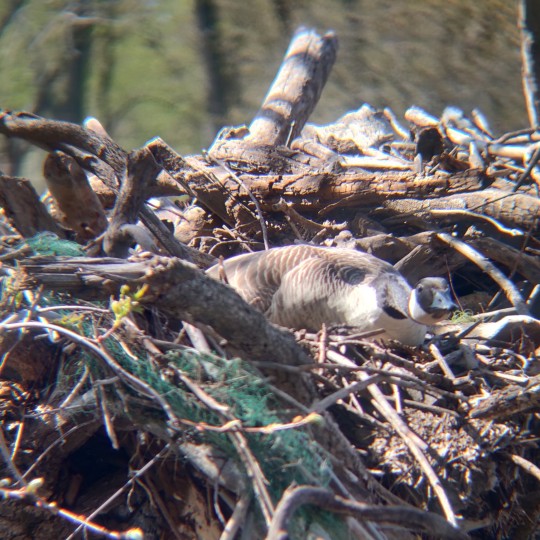
This lady was watching me and my friend very intently as we walked past her nest
#canada goose#goose#geese#canadian geese#birds#bird nest#mine#ornithology#nature#wildlife#naturalist#nature photography#photography#ecology#north america#animals#bird watching#birding#bird photography#birdwatching#bird#ecologist#biology#wildlife biology#biologist#original photography#original photographers#wildlife photography
17 notes
·
View notes
Text
Humans are so cute. They think they can outsmart birds. They place nasty metal spikes on rooftops and ledges to prevent birds from nesting there.
It’s a classic human trick known in urban design as “evil architecture”: designing a place in a way that’s meant to deter others. Think of the city benches you see segmented by bars to stop homeless people sleeping there.
But birds are genius rebels. Not only are they undeterred by evil architecture, they actually use it to their advantage, according to a new Dutch study published in the journal Deinsea.
Crows and magpies, it turns out, are learning to rip strips of anti-bird spikes off of buildings and use them to build their nests. It’s an incredible addition to the growing body of evidence about the intelligence of birds, so wrongly maligned as stupid that “bird-brained” is still commonly used as an insult...
Magpies also use anti-bird spikes for their nests. In 2021, a hospital patient in Antwerp, Belgium, looked out the window and noticed a huge magpie’s nest in a tree in the courtyard. Biologist Auke-Florian Hiemstra of Leiden-based Naturalis Biodiversity Center, one of the study’s authors, went to collect the nest and found that it was made out of 50 meters of anti-bird strips, containing no fewer than 1,500 metal spikes.
Hiemstra describes the magpie nest as “an impregnable fortress.”
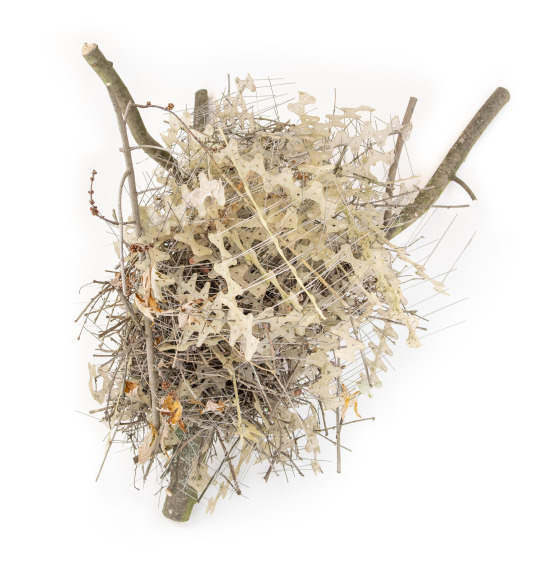
Pictured: A huge magpie nest made out of 1,500 metal spikes.
Magpies are known to build roofs over their nests to prevent other birds from stealing their eggs and young. Usually, they scrounge around in nature for thorny plants or spiky branches to form the roof. But city birds don’t need to search for the perfect branch — they can just use the anti-bird spikes that humans have so kindly put at their disposal.
“The magpies appear to be using the pins exactly the same way we do: to keep other birds away from their nest,” Hiemstra said.
Another urban magpie nest, this one from Scotland, really shows off the roof-building tactic:

Pictured: A nest from Scotland shows how urban magpies are using anti-bird spikes to construct a roof meant to protect their young and eggs from predators.
Birds had already been spotted using upward-pointing anti-bird spikes as foundations for nests. In 2016, the so-called Parkdale Pigeon became Twitter-famous for refusing to give up when humans removed her first nest and installed spikes on her chosen nesting site, the top of an LCD monitor on a subway platform in Melbourne. The avian architect rebelled and built an even better home there, using the spikes as a foundation to hold her nest more securely in place.
...Hiemstra’s study is the first to show that birds, adapting to city life, are learning to seek out and use our anti-bird spikes as their nesting material. Pretty badass, right?
The genius of birds — and other animals we underestimate
It’s a well-established fact that many bird species are highly intelligent. Members of the corvid family, which includes crows and magpies, are especially renowned for their smarts. Crows can solve complex puzzles, while magpies can pass the “mirror test” — the classic test that scientists use to determine if a species is self-aware.
Studies show that some birds have evolved cognitive skills similar to our own: They have amazing memories, remembering for months the thousands of different hiding places where they’ve stashed seeds, and they use their own experiences to predict the behavior of other birds, suggesting they’ve got some theory of mind.
And, as author Jennifer Ackerman details in The Genius of Birds, birds are brilliant at using tools. Black palm cockatoos use twigs as drumsticks, tapping out a beat on a tree trunk to get a female’s attention. Jays use sticks as spears to attack other birds...
Birds have also been known to use human tools to their advantage. When carrion crows want to crack a walnut, for example, they position the nut on a busy road, wait for a passing car to crush the shell, then swoop down to collect the nut and eat it. This behavior has been recorded several times in Japanese crows.
But what’s unique about Hiemstra’s study is that it shows birds using human tools, specifically designed to thwart birds’ plans, in order to thwart our plans instead. We humans try to keep birds away with spikes, and the birds — ingenious rebels that they are — retort: Thanks, humans!
-via Vox, July 26, 2023
#birds are literally learning how to better live/survive alongside us#this is like. actually kind of remarkable. and the technique is spreading including to other species.#is this hopepunk? it kinda feels like hopepunk to me.#animals are literally learning how to use our attempts to get rid of them against us#that's kind of amazing#and also VERY encouraging re: life's innate resilience#crows#magpie#corvid#crow#bird#bird nest#bird nerd#bird news#adaptation#urban animals#ornithology#climate adaptation#kinda#good news#hope#hope posting#hopepunk#animal intelligence#wildlife#animals are awesome
1K notes
·
View notes
Text
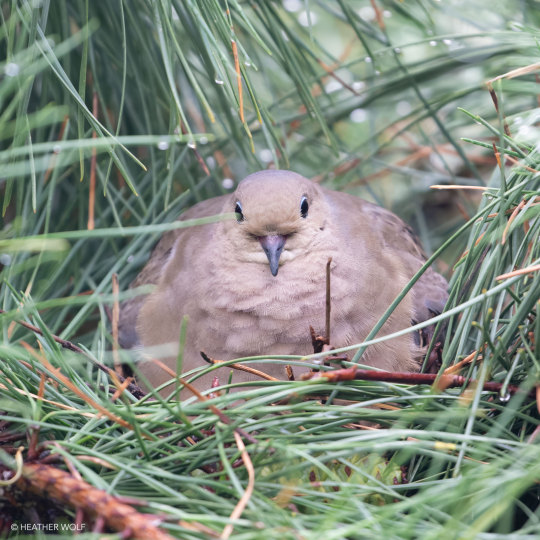
The Mourning Dove nest is still doing well. Obviously, there are more than just eggs under this bird...! Hope to see those nestlings peeking out soon 😀
#birds#birding#urban birding#nuts_about_birds#birdstagram#patch birding#nature blogger#nyc nature#brooklyn#brooklyn bridge park#nyc#nature#birds nest#bird nest#bird nests#dove#mourning dove
1K notes
·
View notes
Text

April Symphony I - Adrienne Stein
American , 1986 -
Oil on canvas , 36 × 24 in.
134 notes
·
View notes
Text

Lichen nest
53 notes
·
View notes
Text








🌦️🦌🐦🎹🐇🦨🌦️
#stimboard#moodboard#stim#hands#music#instruments#piano#marxophone#toy piano#bells#plush#plushies#figures#porcelain#instrument#deer#bird#bird nest#nest#skunk#bambi#cottagecore#visual stim#tactile stim#brown#red#green#white#rainbow#black
45 notes
·
View notes
Photo

Happy Monday!
American Robin nestling dozes off after a feeding. Brooklyn Bridge Park, Pier 2 uplands.
#happy monday#birds#birding#urban birding#nuts_about_birds#birdstagram#patch birding#nature blogger#nyc nature#brooklyn#brooklyn bridge park#american robin#bird nest#nestling
98 notes
·
View notes
Text

Ospreys have vision that is well adapted to detecting underwater objects from the air. Prey is first sighted from above the water, after which the bird hovers momentarily and then plunges feet first into the water.
#interesting#interesting facts#nature is everything#nature is weird#nature#discover#animals#thats interesting#thats incredible#thats insane#eagles#eagle#bald eagle#american eagle#birds#bird#love birds#pet birds#birds nest#bird nest#bird photography#bird watching#birdwatching#animals are awesome#animals are better than people#animals are friends#animal#like woah#woah#woahhhh
23 notes
·
View notes
Text

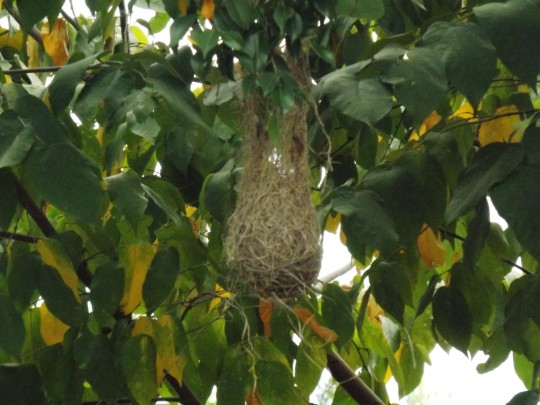
#bird nest#nest#nidos#nido#icterus#icteridae#aves#birds#yellow#amarillo#yellow bird#amarillenta#carabobo#nature photography#nature photos#photography#photographers of tumblr
10 notes
·
View notes
Text
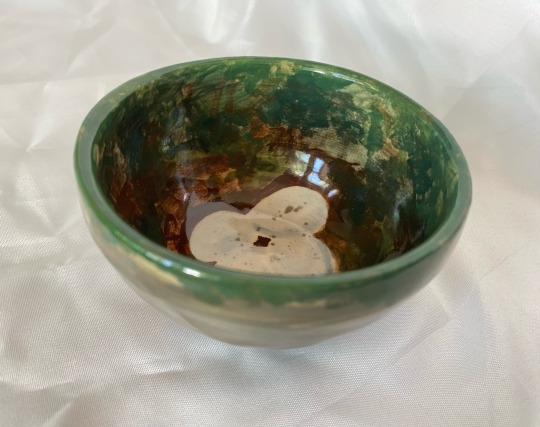

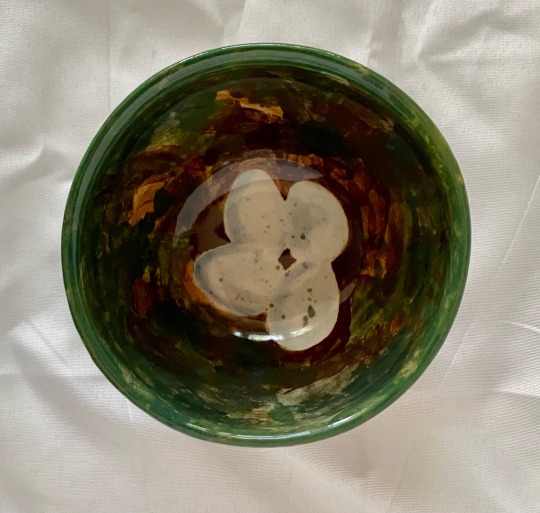
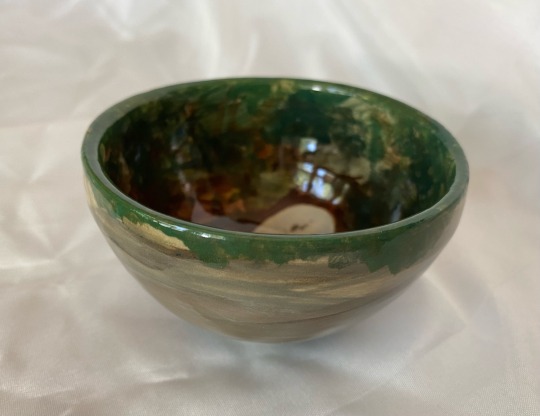
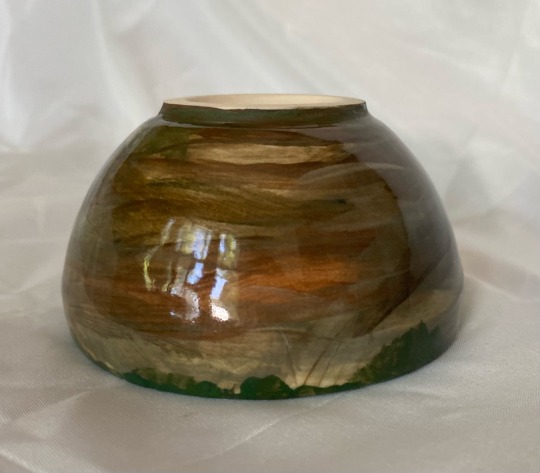
sold
it’s so little. I should’ve gotten a picture of it in my hand before shipping it lol
#pottery#ceramics#ceramic#ceramic art#underglaze painting#pottery bowl#wheel thrown pottery#nest#bird eggs#eggs#egg art#bird nest#claypigeon#glazeware
48 notes
·
View notes